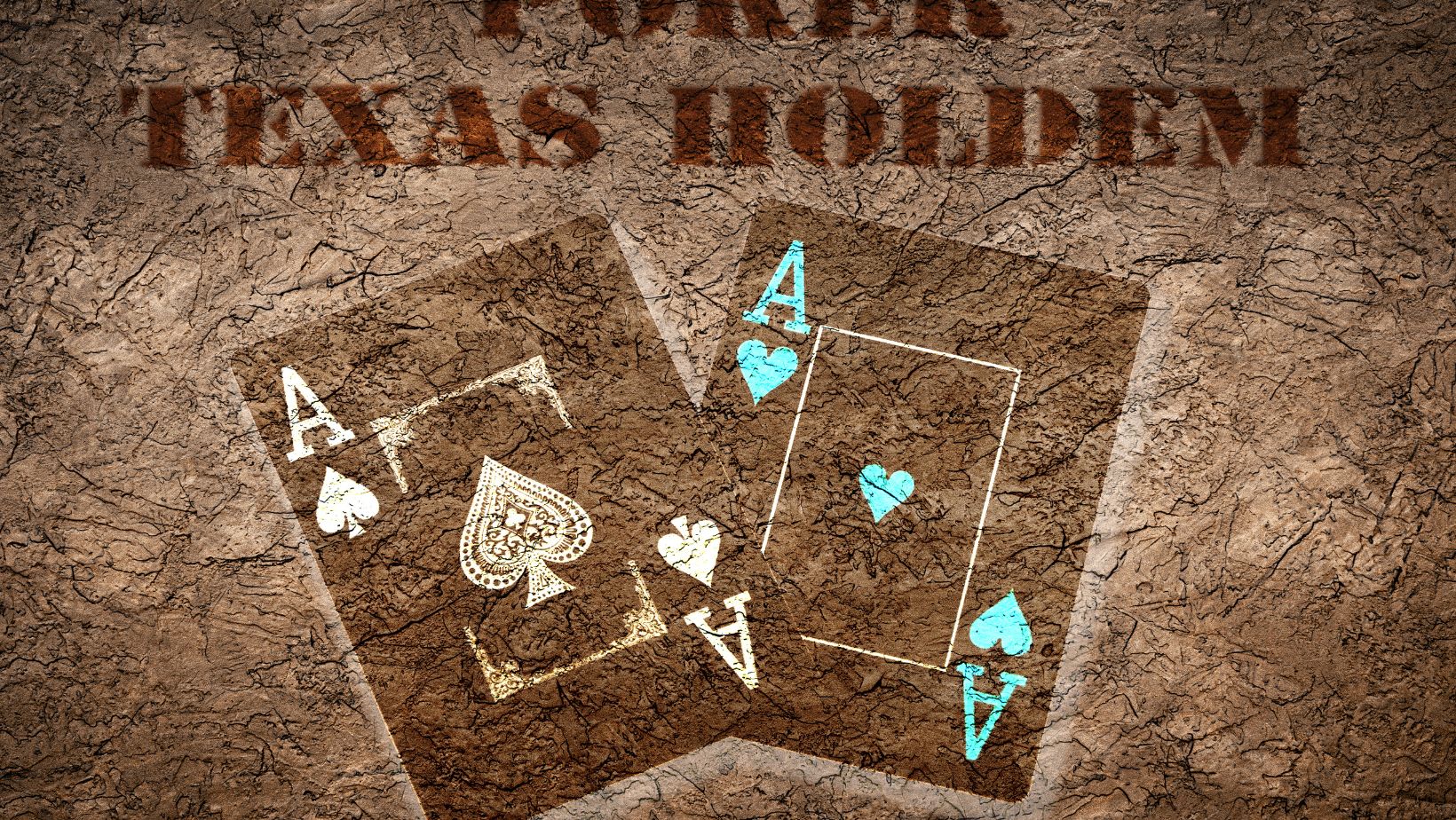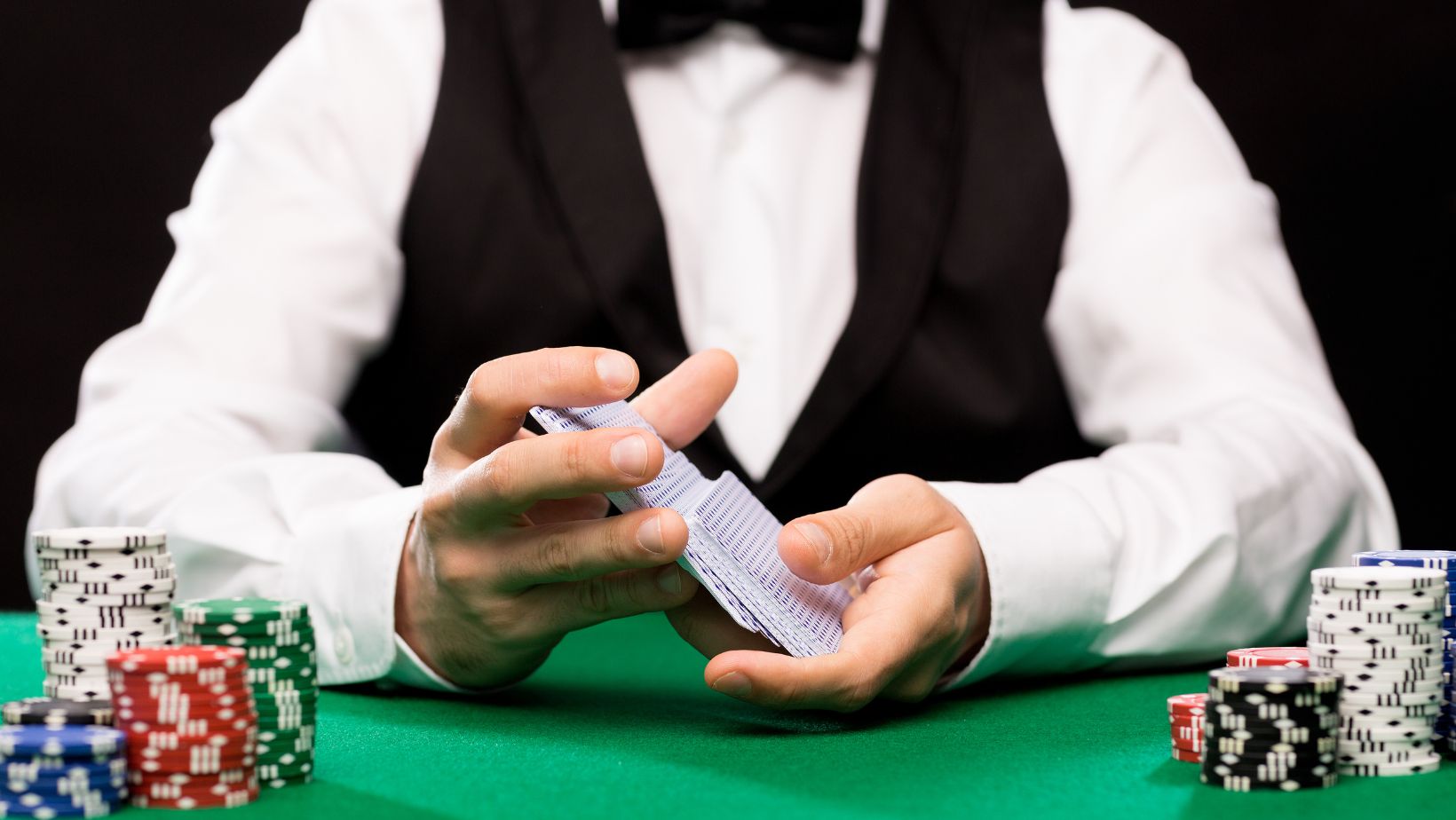The Psychology Behind Bluffing in Texas Holdem

Bluffing in Texas Holdem is a critical aspect of the game that involves psychology as much as skill. Understanding an opponent’s mindset and tendencies can be as important as the cards in hand. This aspect of poker requires players to read others effectively and make decisions based on incomplete information.
Understanding The Basics of Texas Holdem
Before getting into the psychology of bluffing, it’s vital to grasp the fundamental rules and strategies of Texas Holdem. This popular card game involves skill, strategy, and the ability to read opponents. The game begins with each player receiving two private cards, followed by a series of community cards dealt in stages. Players must create the best five-card hand using any combination of their private and community cards. For those new to the game or looking to refine their skills, mastering how to play Texas holdem is an important first step.
The Role of Bluffing in Texas Holdem
Bluffing, a key aspect of Texas Holdem, involves deceiving opponents about the strength of one’s hand. It’s not just about having good cards; it’s about convincing others that you do. Effective bluffing can lead to winning pots with inferior hands, but it requires a mix of confidence, deception, and timing.
Psychological Factors in Bluffing
Several psychological elements play a role in a player’s decision to bluff:
- Reading Opponents: Skilled players observe behavioral cues and patterns in their opponents. This information helps in assessing whether a bluff would be successful.
- Self-Image: Players with a certain self-image, such as wanting to appear aggressive or unpredictable, may bluff more frequently.
- Risk Assessment: Bluffing involves weighing the potential gains against the risk of being called.
- Table Image: How others perceive a player at the table affects their bluffing strategy. A player perceived as cautious may successfully bluff more often.
Types of Bluffs
Bluffing strategies vary based on the situation:
- Pure Bluff: This is when a player with a weak hand bets or raises, hoping all opponents fold.
- Semi-Bluff: In this case, a player with a drawing hand bets or raises, combining the chances of improvement with the possibility of opponents folding.
The Art of Executing a Successful Bluff
Executing a bluff requires more than just a willingness to take risks. It demands an understanding of the game’s dynamics and an ability to mislead opponents effectively.
Timing and Position
Choosing the right time to bluff is important. Late positions at the table often offer more information about other players’ actions, making them ideal for bluffing. Additionally, bluffing against fewer players increases the chances of success.
Bet Sizing
The size of a bet can significantly influence the success of a bluff. Overbetting might scare opponents into folding, but it can also signal desperation. Conversely, underbetting might not be convincing enough to force folds.
Player Tendencies and Table Dynamics
Understanding the tendencies of other players at the table is required. Bluffing against a player who rarely folds may not be wise. Similarly, the overall table dynamic affects bluffing strategies.

The Risks And Rewards of Bluffing
While a successful bluff can be rewarding, there are inherent risks. The key is to balance these risks with potential rewards.
Potential Rewards
A well-executed bluff can lead to winning pots with weak hands. It also adds an element of unpredictability to a player’s game, making them harder to read.
Possible Risks
The primary risk of bluffing is losing chips if another player calls. Frequent bluffing can also lead to a loss of credibility, making it harder to bluff successfully in the future.
Psychological Warfare: Intimidation And Confidence
Bluffing in Texas Holdem is not just about the cards; it’s a psychological battle. Displaying confidence can intimidate opponents, while showing any sign of weakness might encourage them to call bluffs.
Projecting Confidence
Confident players are more likely to succeed in bluffing. This confidence can be projected through body language, betting patterns, and the ability to maintain composure.
Recognizing Intimidation Tactics
Some players use intimidation to force others into making mistakes. Recognizing and countering these tactics is necessary for maintaining a successful bluffing strategy.

Bluffing: A Tool, Not a Crutch
While bluffing is an important aspect of Texas Holdem, it should not be overused. It’s a strategic tool to be employed judiciously, not a crutch to rely on in every hand.
When to Bluff
Deciding when to bluff depends on several factors, including the game’s context, opponents’ tendencies, and one’s table image. Bluffing should be a calculated decision, not a habitual one.
When Not to Bluff
Understanding situations where bluffing is unlikely to succeed is just as important as knowing when to bluff. This includes playing against many opponents or facing a player who consistently calls.
Conclusion
Bluffing in Texas Holdem is a complex blend of psychology, strategy, and timing. While it’s an integral part of the game, its effectiveness hinges on the player’s ability to read opponents, assess risks, and maintain a balance between aggression and caution. In the end, bluffing is both an art and a science, requiring continuous learning and adaptation to be successful.
-
Personal Finance5 months ago
How Do I Find My UCAS ID Number?
-
Success5 years ago
Consistency: The Key Ingredient to Success
-
Uncategorized5 months ago
What Does Conditionally Approved Mean For An Apartment?
-
Motivation2 years ago
How To Become a More Organized Person?
-
Others4 years ago
Work Health and Safety: 8 Reasons to Maintain a Clutter-free Office
-
Entrepreneurs3 years ago
Why Diversity is Key in Business Marketing
-
HK Pools5 months ago
The HK Pools Forum Comunity Jos Markotop 2D Warna Kuning – A Great Way to Stay Connected
-
Sport1 year ago
What Makes Soccer Betting So Great?



























